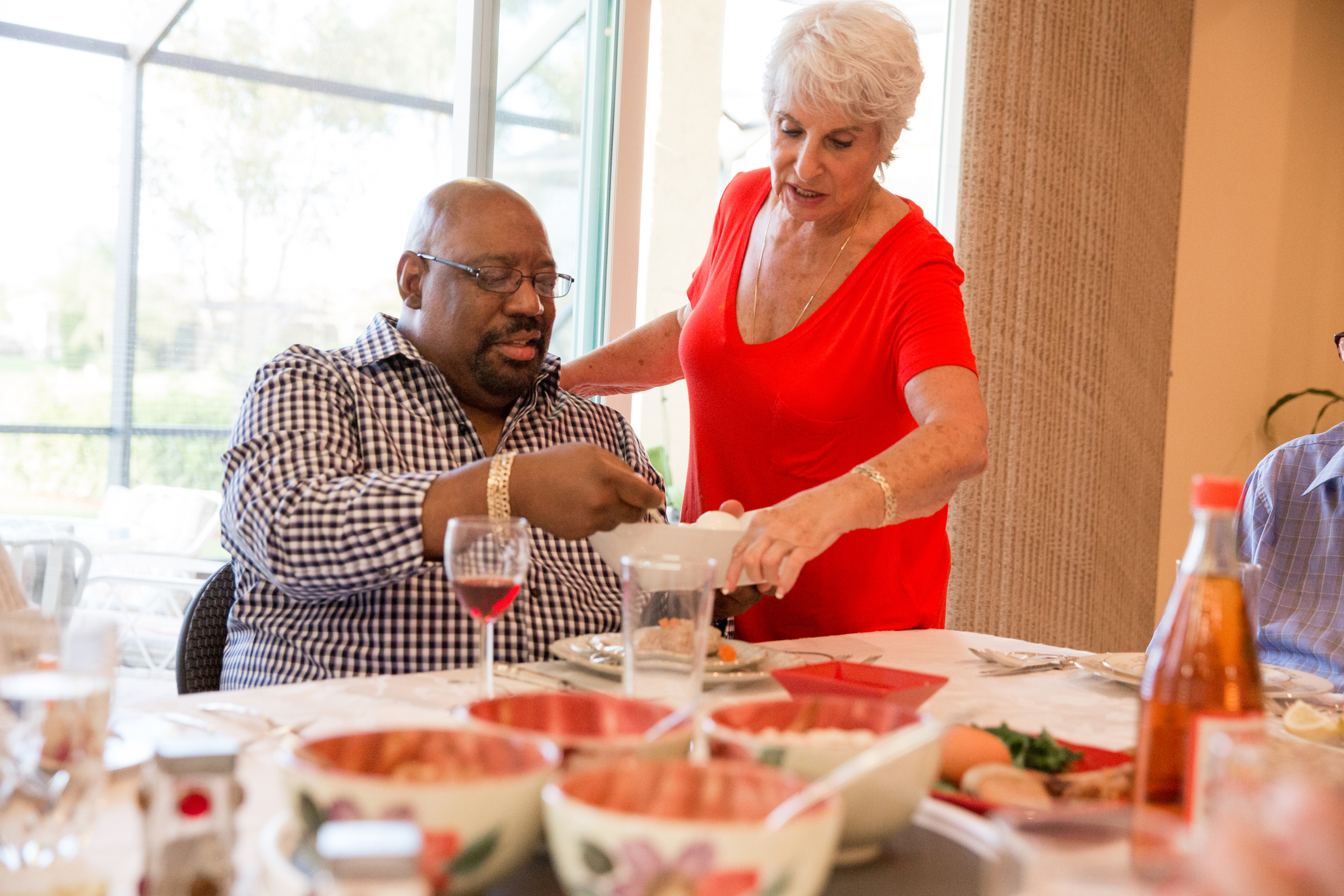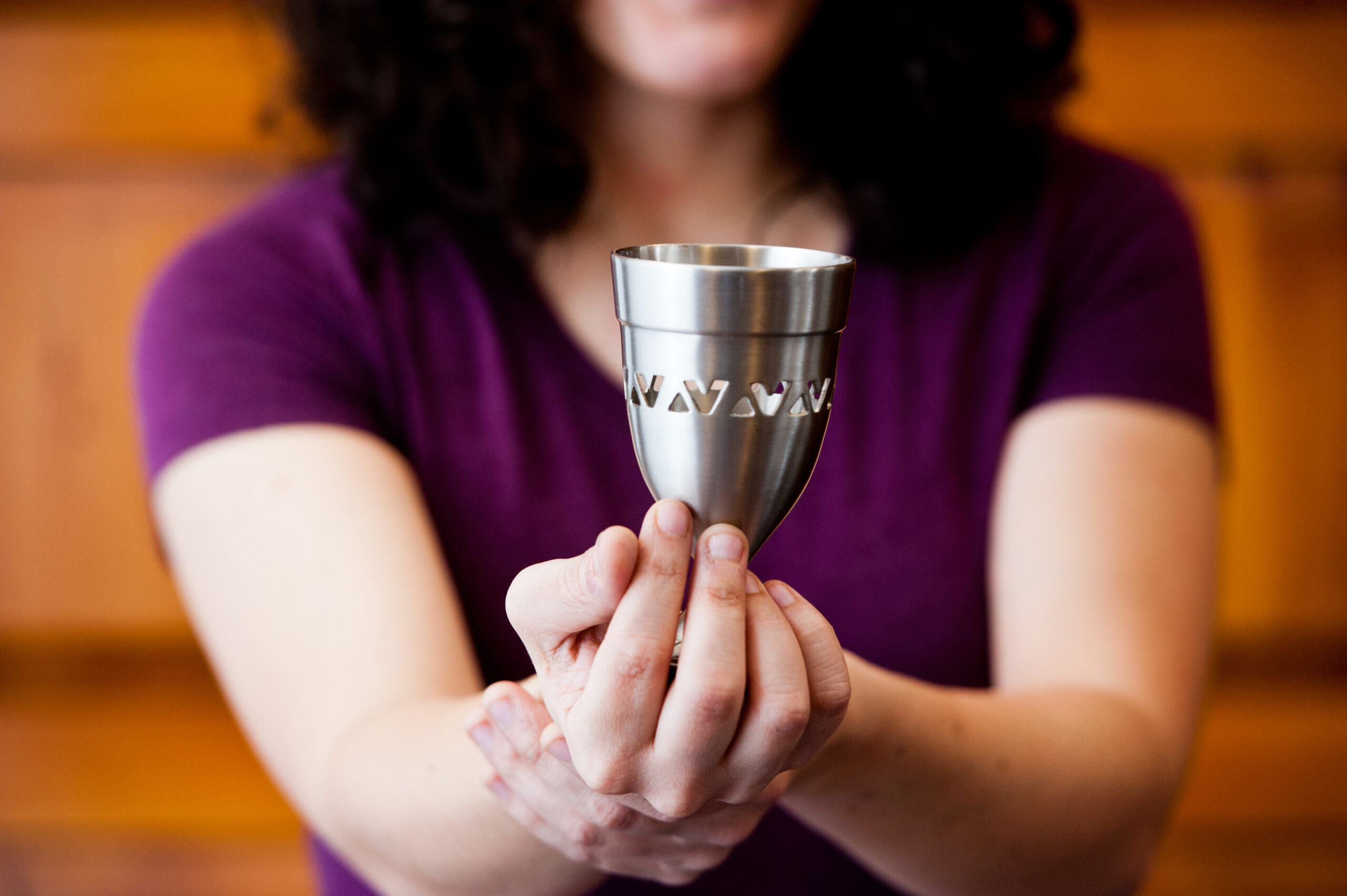The game: Jewish Trivia.
The category: Jewish holidays.
The question: What is the holiday of Passover all about?
a. women’s role in Jewish history and the relationship between Judaism and feminism
b. gay and lesbian liberation
c. vegetarianism and animal rights
d. Jewish-Christian understanding
e. Black-Jewish relations
f. Israeli-Palestinian peace
g. labor rights and activism on behalf or workers
If we look at the range of “theme seders” that have emerged in the past 35 years, we can hear the answer in the collective voice of many contemporary Jews: “All of the above!”
Passover is, paradoxically, a quintessentially particularistic Jewish holiday, yet one with universal human themes. Despite (or because of) the fact that Passover marks the metaphorical birthing of the Israelite nation into freedom, and that the theme of yitziat mitzrayim—going out of ancient Egypt—pervades Jewish liturgy and life, the biblical exodus has inspired many peoples over the ages in their yearning to be free.
In the United States, African-American slaves sang “Go down Moses…tell old Pharaoh to let my people go,” the biblical journey to freedom living in their hopeful hearts. Harriet Tubman, the best known of the conductors on the “Underground Railroad,” smuggling escaped slaves to the free North, was known as Moses—her people’s greatest human liberator. Zora Neale Hurston, a writer of the Harlem Renaissance, wove together the two stories in her novel, Moses: Man of the Mountain. The Rev. Martin Luther King, Jr., drew heavily on Exodus themes and images, comparing the struggle for civil rights to the Israelites’ difficult but ultimately successful escape from oppression.
As we have done with the institution of Shabbat, living in the wake of the Exodus is something that Jews have made our specialty. We remember the going out from Egypt in our daily liturgy; we count (by rabbinic tradition) no less than 36 times the biblical commandment to “remember the stranger, for you were strangers in the land of Egypt.” But as we’ve seen, the story has had deep resonance for many other peoples. And many of the resonances for Jews ourselves—translated into contemporary theme seders and Passover haggadot—go far beyond the story of our own liberation and national formation.
Here are some examples of these modern adaptations:
- Women’s/feminist seders focus on women’s role in the Exodus and in Jewish history and life; the incomplete liberation of women within Judaism; and feminist reimaginings of haggadah texts.
- Gay and lesbian seders draw their inspiration from the ways in which GLBT Jews are still excluded from fully being welcomed into and participating in Jewish life, community, and ritual.
- Vegetarian seders (using, e.g., A Haggadah for the Liberated Lamb) focus on respect for all living beings, not just human freedom.
- Jewish-Christian seders focus on interreligious understanding, a shared biblical heritage, the Jewish roots of Christianity, and joint social justice concerns.
- Black-Jewish seders reflect our common histories of slavery (one ancient, one modern) and our close connection to the biblical text and stories, and focus on (re)building Black-Jewish partnerships for the purpose of working for social change.
- Arab-Jewish seders (using, e.g., “A Seder of the Children of Abraham,” in The Shalom Seders) focus on building bridges between the two communities, and express a yearning for peace between Israel and the Palestinians and those who care about them.
- Labor seders emphasize labor rights and activism on behalf of workers who are nearly enslaved to unsafe working conditions and poverty wages.
The haggadah texts for these seders are usually rich cut-and-paste productions, drawing on passages from a variety of sources as well as original writings. Each may be used for an entire seder on a given theme or to provide supplemental resources for a more conventional seder on the first or second night of Passover. Freestanding theme seders often take place just before Passover, or on one of its later nights, freeing participants to spend the traditional seder evenings with family and friends—and to import readings which reflect important liberation and social change themes, whether by way of incorporating them into a do-it-yourself original haggadah or just adding readings at the seder table.
Many of these specialized haggadot are available at Judaica shops and online. There is no centralized way to find out about different types of seders in all communities, but (along with the Internet) local Jewish organizations (especially more liberal congregations and havurot) as well as Jewish newspapers are good resources for connecting you with these and other Passover events in your community.
As a postscript, we should take note of those seders and haggadot which are not primarily (or at all) in observance of Passover, but which use the structure of the haggadah and Passover themes of growth, liberation, and transformation. Two examples which you can find on Ritualwell are a menopause seder and a haggadah focusing on adoption.












